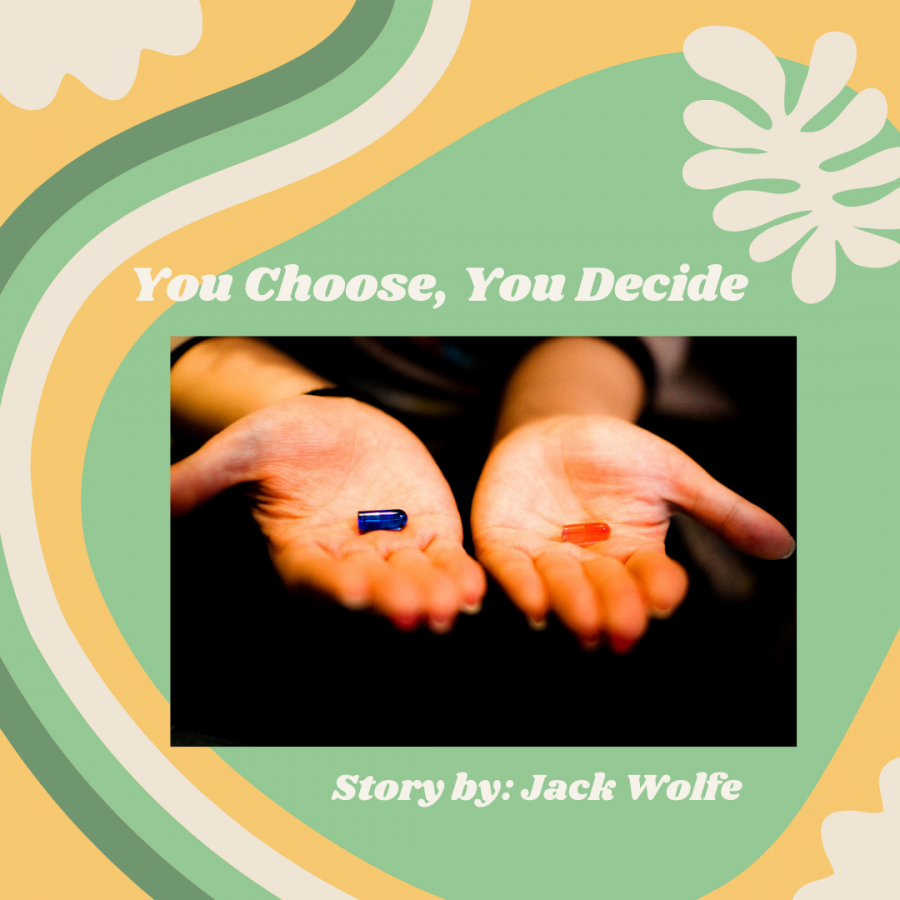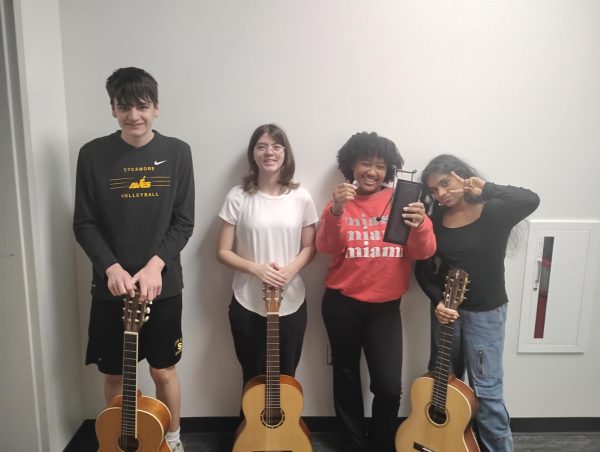Your choice, you decide
The future of interactive storytelling
CHOICE IS YOURS. With decades of linear storytelling ending in only one result, what if we were able to decide how the story went. As video games are seeming to take more and more from the cinematic playbook, the opposite appears to have happened. This now allows viewers to make essential and impactful decisions in the movies/television they watch, allowing them to have a unique experience compared to other viewers.
After scrolling for what feels like an hour, you finally found a movie that is worth watching. It’s a cheesy horror flick but looks interesting nonetheless. You watch as the main character hears a strange sound coming from the basement. She slowly walks toward the door and suddenly you have an urge to shout at her “Don’t go down there!” Feeling as if you shout loud enough the characters on screen might actually listen to you. Now under normal circumstances, your objections would go unheard. The movie then follows the same plot as anyone else who watches it. But it doesn’t have to be this way, and it all starts with video games.
Now I know video games are not everyone’s cup of tea, but do not stop reading because of the notion of gaming. Video games, in essence, are a popular form of interactive media. Interactive media being media that is directly influenced by the user. Gaming specifically has been sought after because of this exact relationship the games have with their users. When new footage of a next-generation game is released, people in the gaming community are keener on getting a look at gameplay. They know that’s what they will be interacting with the majority of their playtime, so they want to see if it’s actually worth their time and money.
The reason I brought up gaming in the first place is that as these games are becoming more cinematic, with high paid actors participating and graphics inch closer and closer to being uncanny, it appears cinema is becoming more game-like with games such as ‘Until Dawn’, ‘Telltale’s The Walking Dead’, ‘Life is Strange’, ect… .Going back to the horror movie example at the start of the article, you could actually have a choice in how the movie plays out. After a decision in the story appears, a prompt would show two choices that would lead to two separate outcomes. Maybe you want to go explore the creepy noise in the basement, or you’d rather grab some more boxes as you move into the obviously haunted house. The more decisions you make, the more specific and unique your viewing experience will be. You and your friend could watch the same movie and end up with two dramatically different results.
This idea has already been established and is even being used on kids to determine how adults will accept this novel idea. “Kids are already talking to the screen…they’re touching every screen. They think everything is interactive.” said Carla Engelbrecht Fisher to The Verge, Netflix’s director of product innovation, who oversaw development of two interactive kid episodes. Instead of Dora from ‘Dora The Explorer’ blankly asking children if she should go left or right, kids now might actually be able to respond to Dora.
This is not saying that traditional media will go away, as some people might rather have a singular well-crafted story compared to multiple sub-par or decent ones. Also, the amount of effort that goes into these interactive episodes and movies is excruciating, as the writers and developers need to account for every decision the user makes. However, this different type of viewing experience may grow in the upcoming years as video games have in the last two decades. If these types of stories are done with enough passion and craftsmanship, then the end result of this non-linear storytelling is nothing but astonishing.
Your donation will support the student journalists of Sycamore High School. Your contribution will allow us to purchase equipment and cover our annual website hosting costs.










